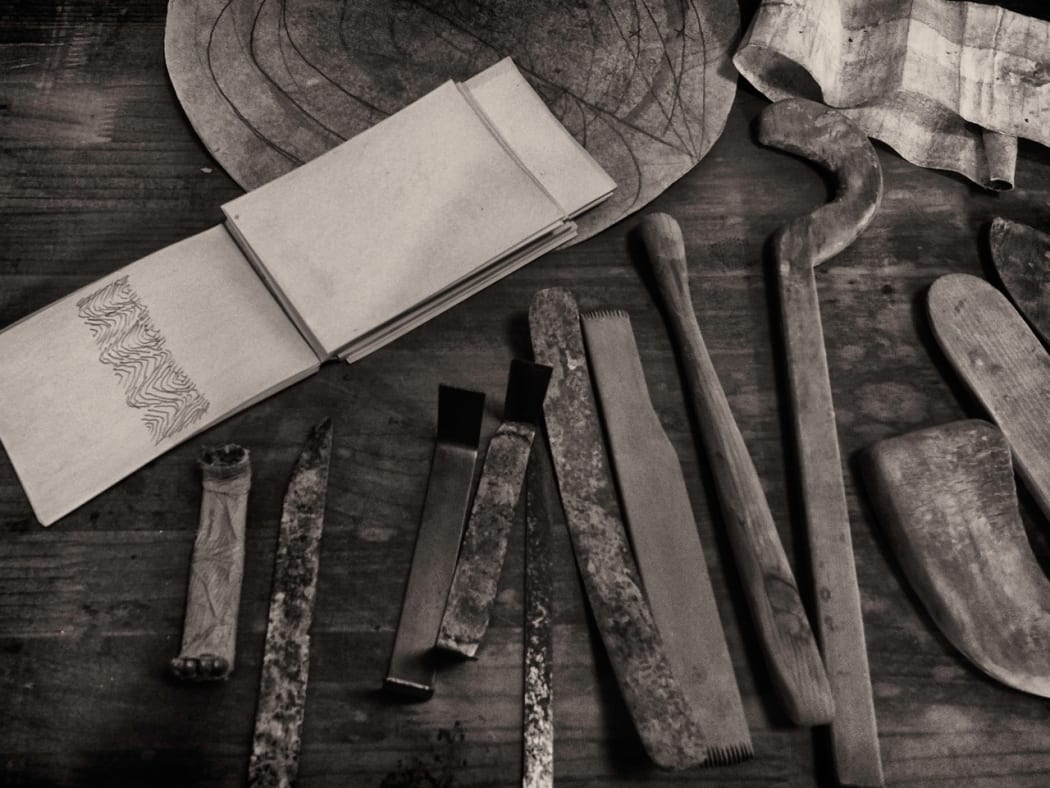
Since the beginning, ceramicists have experimented with form. Altering a thrown object (done on the potter’s wheel) or adding to the piece is more common than you may think!
A teapot may not look like it but usually, it is made of three separately joined pieces - the spout, the handle, and the body. With some proper scoring and a brush full of slip (clay mixed with water), the pieces are connected to form a teapot.
Other techniques of altering form include faceting, ribbing, and molding.
Faceting - is when the artist uses a knife to cut out a large portion of the form, adding flat planes or rendering the entire form square.
Ribbing - Quite literal to its name, is a technique where potters use a rib tool, usually made of plastic, wood, or metal, to slowly push inwards or outwards onto the form - bellying out the structure or curving a surface. This is done at a careful and patient pace, paying attention to how the clay stretches and thins.
Molding - A technique used when the artist wants to add texture or shape to the piece in a more uniform way. Molding is done when an artist pushes the clay into a mold usually made of plaster or wood. This technique, by adding textures and patterns, can create opportunities for interesting glazing.
Let’s take a closer look at some examples.
Koichiro Isezaki, our first example of artists who make altered forms, is a bizen artist who uses all three techniques listed above.
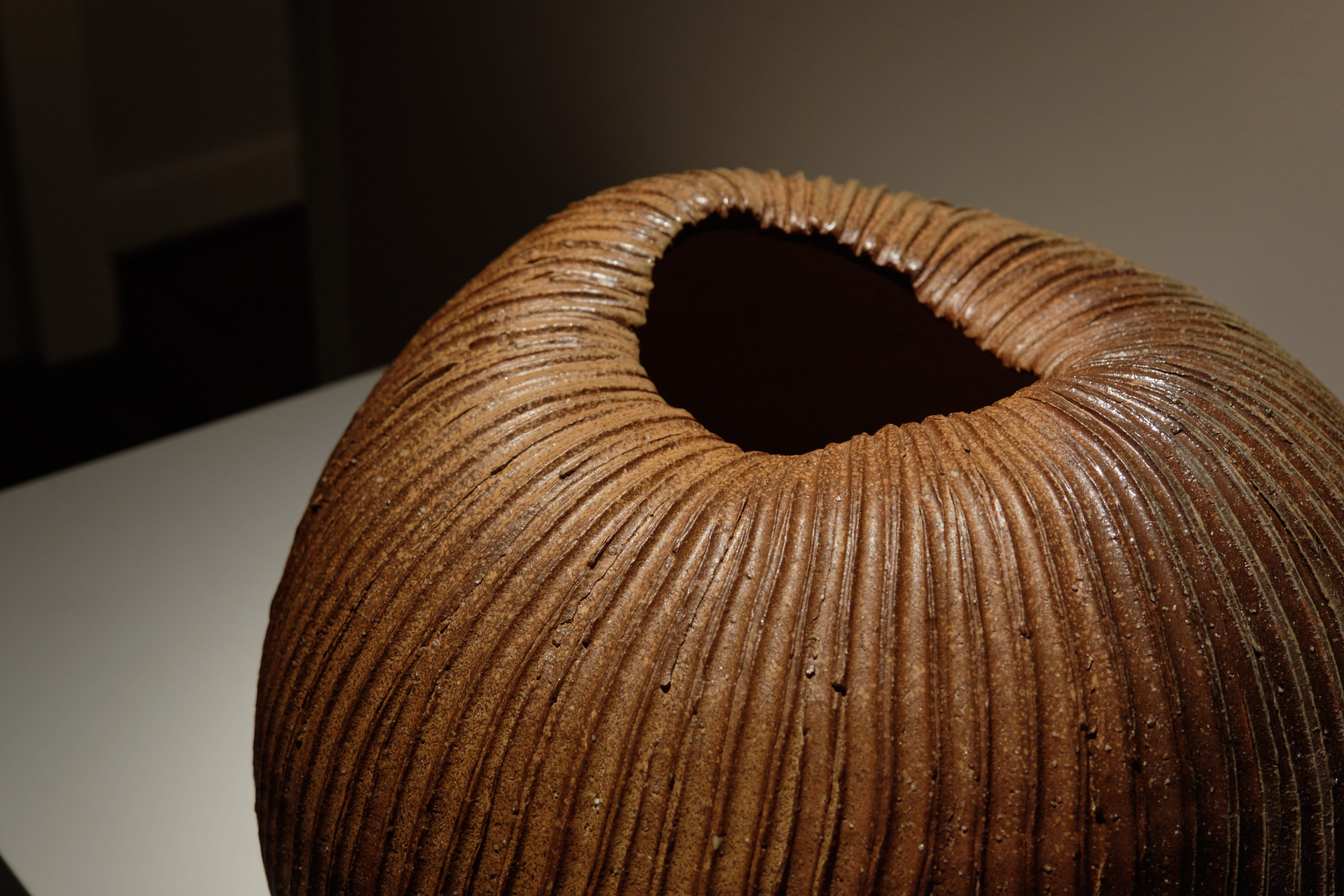
Large Ridge Jar, C20662
Isezaki’s Large Ridge Jar is a stout, bellied out form that is lined with smooth grooves created by the artist through using a wooden rib tool and removing the excess clay. This piece was made with thick walls, anticipating the ribbing technique. What is left is a perfectly symmetrical and consistent piece.
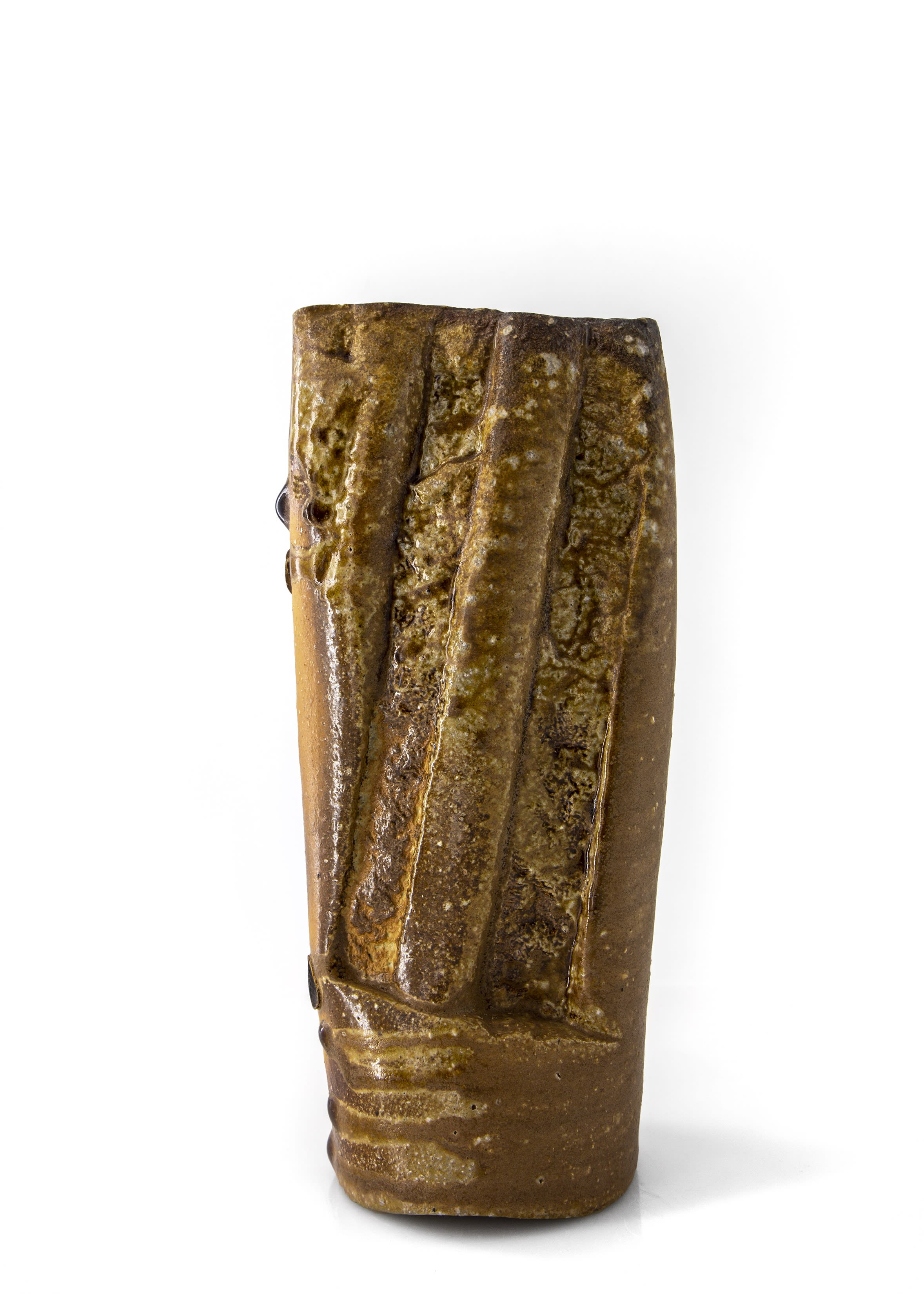 Pulse, C20727
Pulse, C20727
Another example of Isezaki’s mastery of form, Pulse is a piece that captures a moment in time. Made with a striking force as the extruded form hits the surface of the grooved plaster mold, the clay moves around the surface, translating the texture of the mold onto itself and capturing the specific time and moment of the action.

Black Tea Bowl, C20720
Koichiro Isezaki uses the faceting technique on some of his tea bowl series. With a wire, he cuts through the surface of the clay, cleanly slicing off a portion of the body, leaving geometric surfaces for the organic shapes of glaze to pool and travel.
Manji Inoue, a more traditional porcelain ceramicist, makes porcelain vases that are an exquisite example of what ribbing can do to change a form. Looking at the Porcelain Pot, C11182, the artist by using a rib tool pushed grooves into the porcelain vase from the outside while the piece was still wet and on the wheel.

The piece was then coated with a humble glaze that emphasized the form completely. The end result is a very elegant vase, beautiful in form and minimalistic design that is effective at translating a dedication to craftsmanship.

Lidded Sekisoh, C21164
Yukiya Izumita’s forms consist of twisting, cutting, and layering of the clay.
Through these techniques, he creates beautifully complex pieces that mimic the weathering of time.
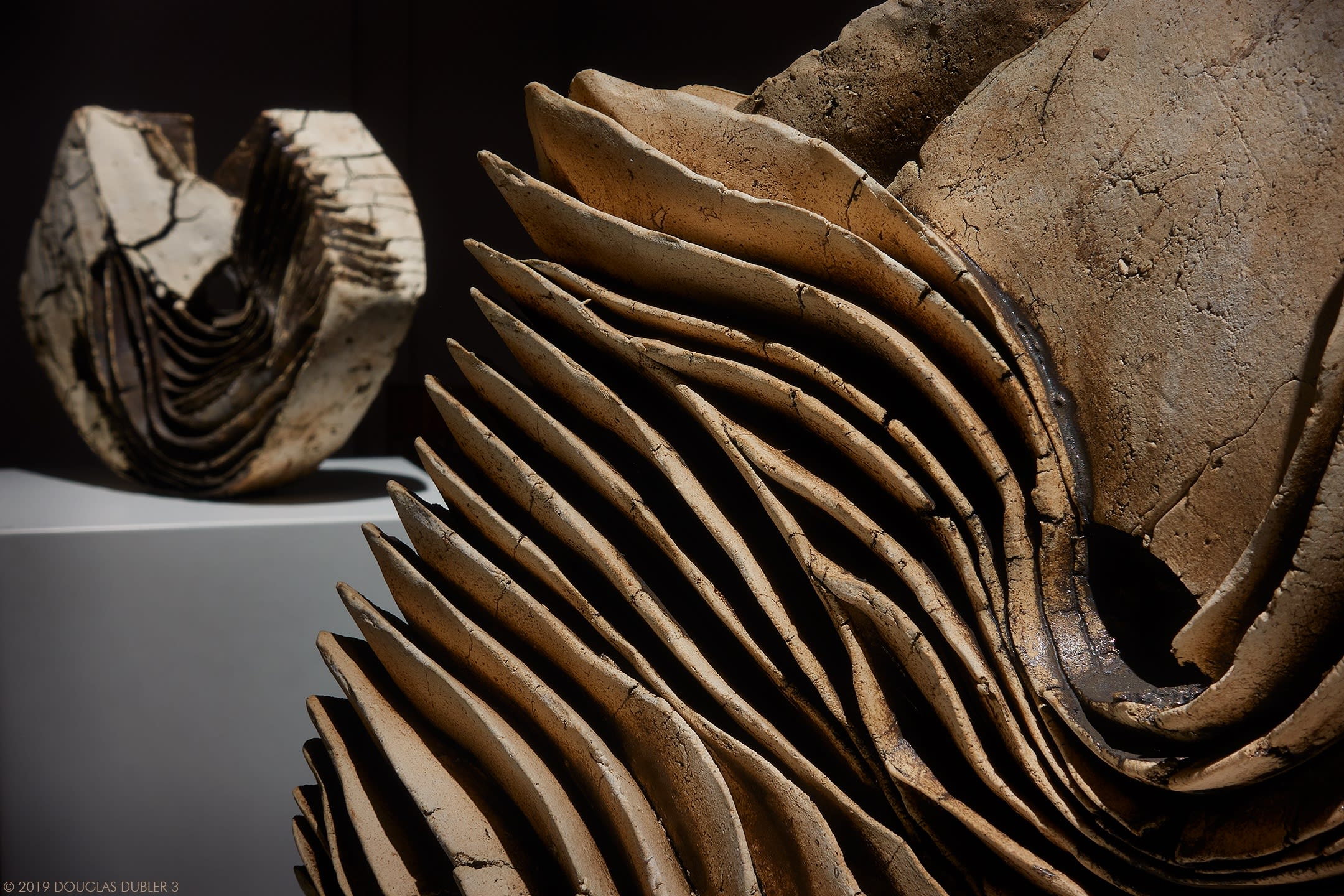
By handbuilding tea bowls and using a knife and rib to cut out sections of the clay, he creates a space in the original composition to add a moment - that moment being the layers that illustrate a story of decay.
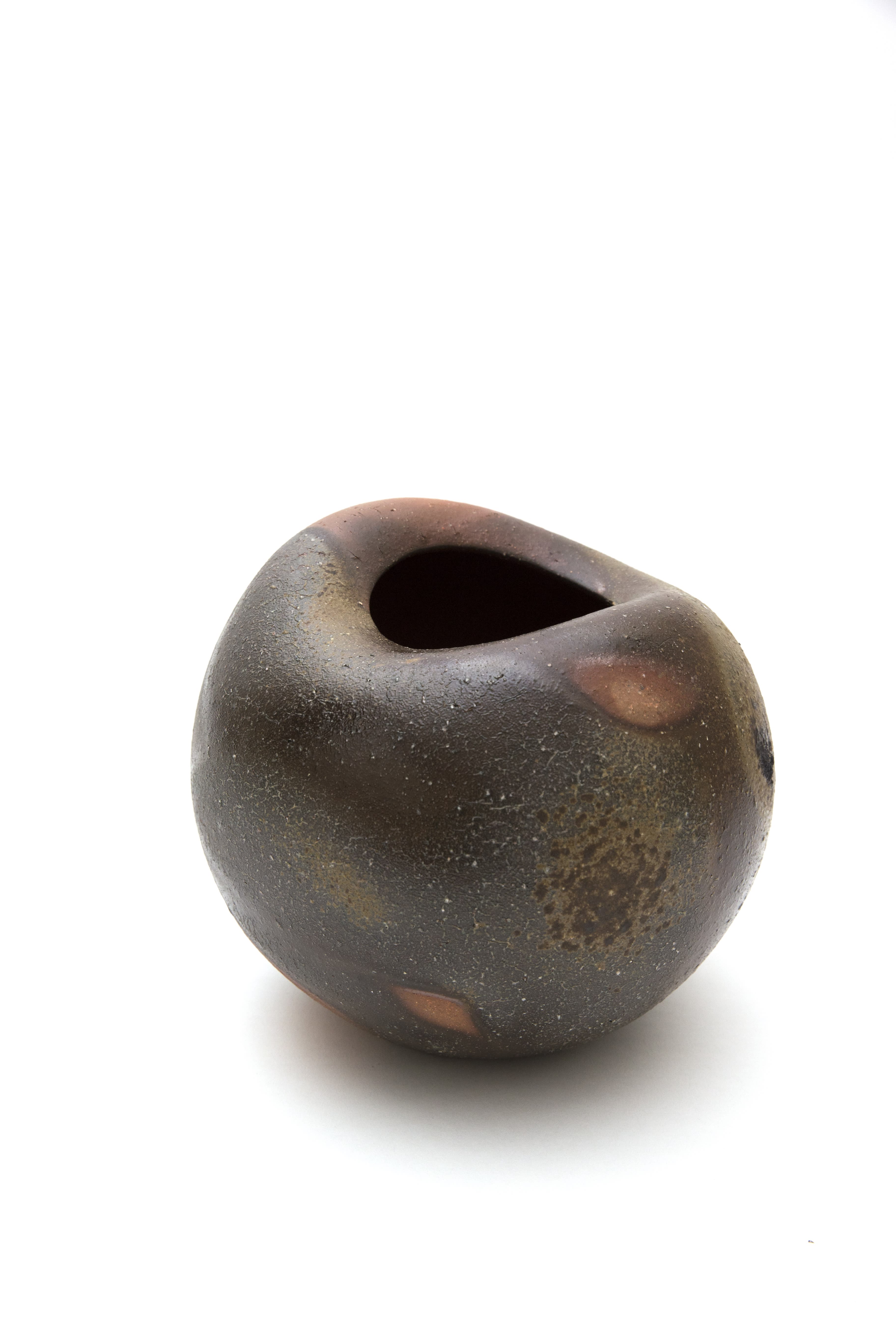
Masahiko Kondo, C29041
Masahiko Kondo’s fantastic wood fired forms are whimsical and earthy. The rounded form of C19040, with an offset opening and abrupt mouth, feels more than ceramic.

These precise splashes of ash and red flashing throughout the piece gives it a natural atmosphere, as if moss will start growing on the surface as time goes on.

Saiyuudeiki, C16976
Mitsukuni Misaki’s contemporary vases are made by wheel throwing the form and then altering during the leatherhard stage. The artist, instead of using a rib, uses a paddle to shape and flatten the sides of the vases. The shapes that follow are unique and organic and the colors added are strong and precise, alike an abstract painting.
For more on these works and our artists, feel free to contact us at mail@ippodogallery.com
